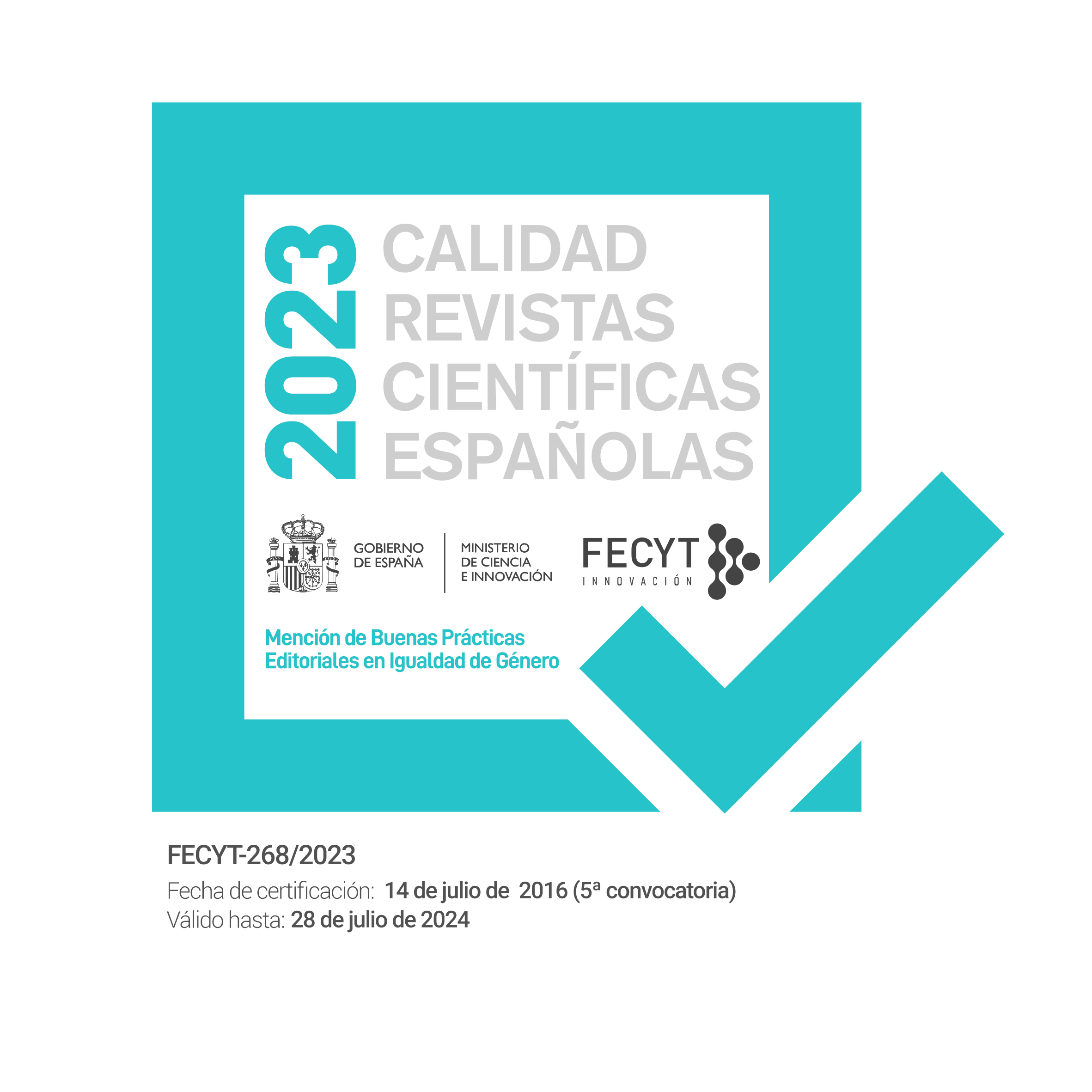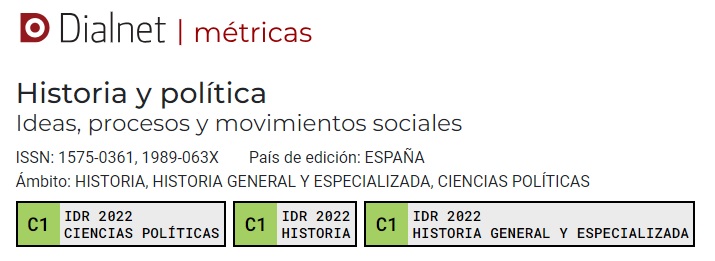Antonio Garrigues Díaz-Cañabate’s embassy in Washington (1962-1964): did his diplomacy mark the opening up of Spain?
Keywords:
Spain, United States, international relations, aperturismo political evolutionism), Julián Grimau, ‘The Munich Collusion’.Abstract
In 1962 Antonio Garrigues Díaz-Cañabate, a prestigious Spanish lawyer, was appointed as ambassador to the United States. His primary task was to renegotiate 1953 bilateral agreements, which were valid for ten years. In this paper, the most directly related aspects to that very important negotiation have been leaving aside in order focus on the intense diplomatic activity deployed by Garrigues to improve the perception of the Franco dictatorship that existed in the United States. The Garrigues’ personality was liberal but yet inside the Francoist consensus and he wished to convey the American society a message that draws the regime as the appropriate Spanish formula of evolution towards a future system that should be similar to those the Western countries. Garrigues was part thus of the aperturista (political evolutionist) wing of the regime. The 1960s were years of aperturismo, but of unseasonable rigidities and exasperating slowness as well.Downloads
Downloads
Published
Issue
Section
License

This work is licensed under a Creative Commons Attribution-NonCommercial-NoDerivatives 4.0 International License.
Authors whose contributions are accepted for publication in this journal, accept the following terms:
a. The authors retain their copyright and guarantee to the magazine the right of first publication of their work, which will be simultaneously subject to the Creative Commons Attribution License Attribution-Noncommercial-No derivative works 4.0 Spain, which allows third parties to share the work as long as its author and its first publication is indicated.
b. Authors may adopt other non-exclusive license agreements to distribute the version of the published work (e.g. deposit in an institutional repository or archive, or published in a monographic volume) provided the initial publication in this journal is indicated.
PLAGIARISM AND SCIENTIFIC FRAUD
The publication of work that infringes on intellectual property rights is the sole responsibility of the authors, including any conflicts that may occur regarding infringement of copyright. This includes, most importantly, conflicts related to the commission of plagiarism and/or scientific fraud.
Plagiarism is understood to include:
1. Presenting the work of others as your own.
2. Adopting words or ideas from other authors without due recognition.
3. Not using quotation marks or another distinctive format to distinguish literal quotations.
4. Giving incorrect information about the true source of a citation.
5. The paraphrasing of a source without mentioning the source.
6. Excessive paraphrasing, even if the source is mentioned.
Practices constituting scientific fraud are as follows:
1. Fabrication, falsification or omission of data and plagiarism.
2. Duplicate publication.
3. Conflicts of authorship.





